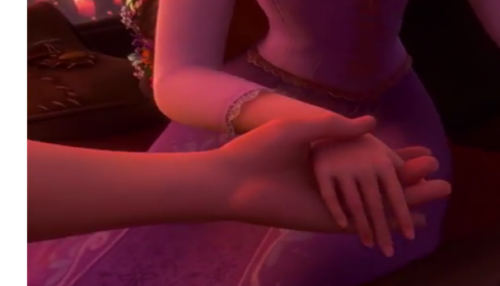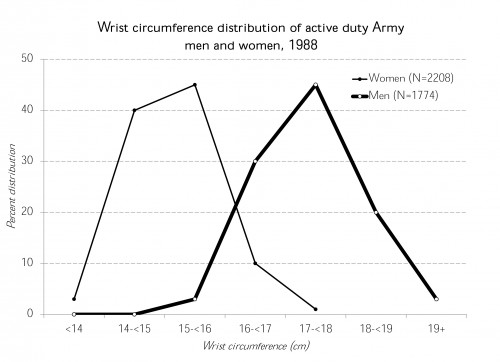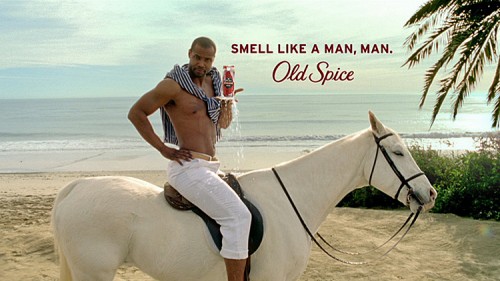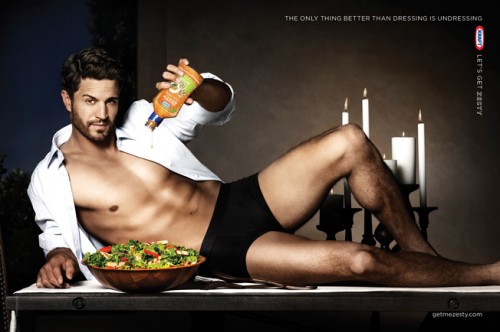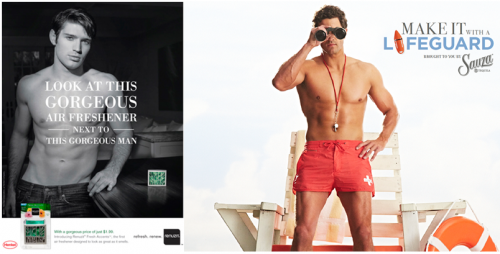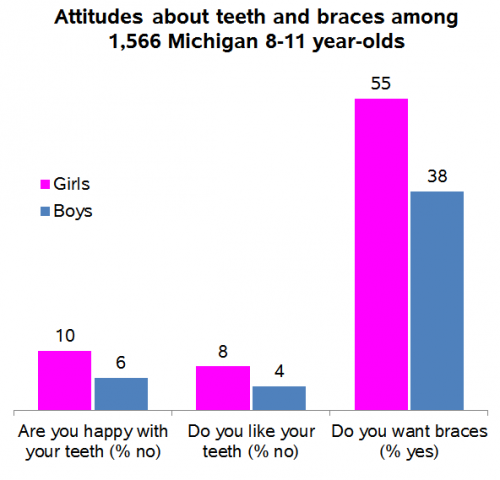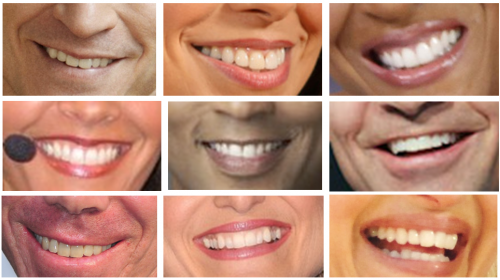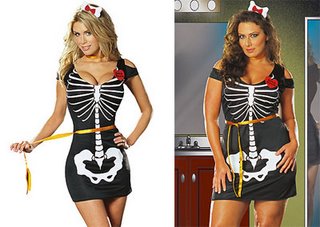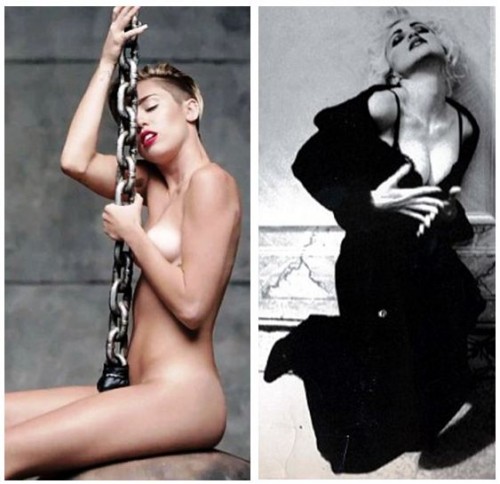We’re celebrating the end of the year with our most popular posts from 2013, plus a few of our favorites tossed in. Enjoy!
Philosopher Sandra Lee Bartky once observed that being feminine often means using one’s body to portray powerlessness. Consider: A feminine person keeps her body small and contained; she makes sure that it doesn’t take up to much space or impose itself. She walks and sits in tightly packaged ways. She doesn’t cover the breadth of the sidewalk or expand herself beyond the chair she occupies. This comic from Chaos Life illustrates the point well..
Likewise, burping and farting, raising one’s voice in an argument, and even laughing loudly are considered distinctly unfeminine. A feminine person doesn’t use her body to forcefully interact with the world, she lets others do for her when possible. “Massiveness, power, or abundance in a woman’s body is met with distaste,” Bartky wrote.
Stunningly, when you think about it, these features of feminine body comportment are, in fact, not uniquely feminine, but associated with deference more generally. Bartky again:
In groups of men, those with higher status typically assume looser and more relaxed postures; the boss lounges comfortably behind the desk while the applicant sits tense and rigid on the edge of his seat. Higher-status individuals may touch their subordinates more than they themselves get touched; they initiate more eye contact and are smiled at by their inferiors more than they are observed to smile in return. What is announced in the comportment of superiors is confidence and ease…
Acting feminine, then, overlaps with performances of submissiveness. Both men and women use their bodies in more feminine ways when their interacting with a superior, whether it be their boss, their commander, a police officer, or their professor.
New evidence suggests that this is not pure theory. Psychologist Andy Yap and his colleagues tested whether “expansive body postures” like the ones associated with masculinity increase people’s sense of powerfulness and entitlement. They did. In laboratory experiments, people who were prompted to take up more space were more likely to steal, cheat, and violate traffic laws in a simulation. A sense of powerfulness, reported by the subjects, mediated the effect (a robust finding that others have documented as well).
In a real world test of the theory, they found that large automobiles with greater internal space were more likely than small ones to be illegally parked in New York City.
Research, then, has shown that expansive body postures that take up room instill a psychological sense of power and entitlement. The fact that this behavior is gendered may go some way towards explaining the persistence of gender inequality and, more pointedly, some men’s belief that they have earned their unearned privileges.
Cross-posted at Jezebel and Pacific Standard.
Lisa Wade, PhD is an Associate Professor at Tulane University. She is the author of American Hookup, a book about college sexual culture; a textbook about gender; and a forthcoming introductory text: Terrible Magnificent Sociology. You can follow her on Twitter and Instagram.




